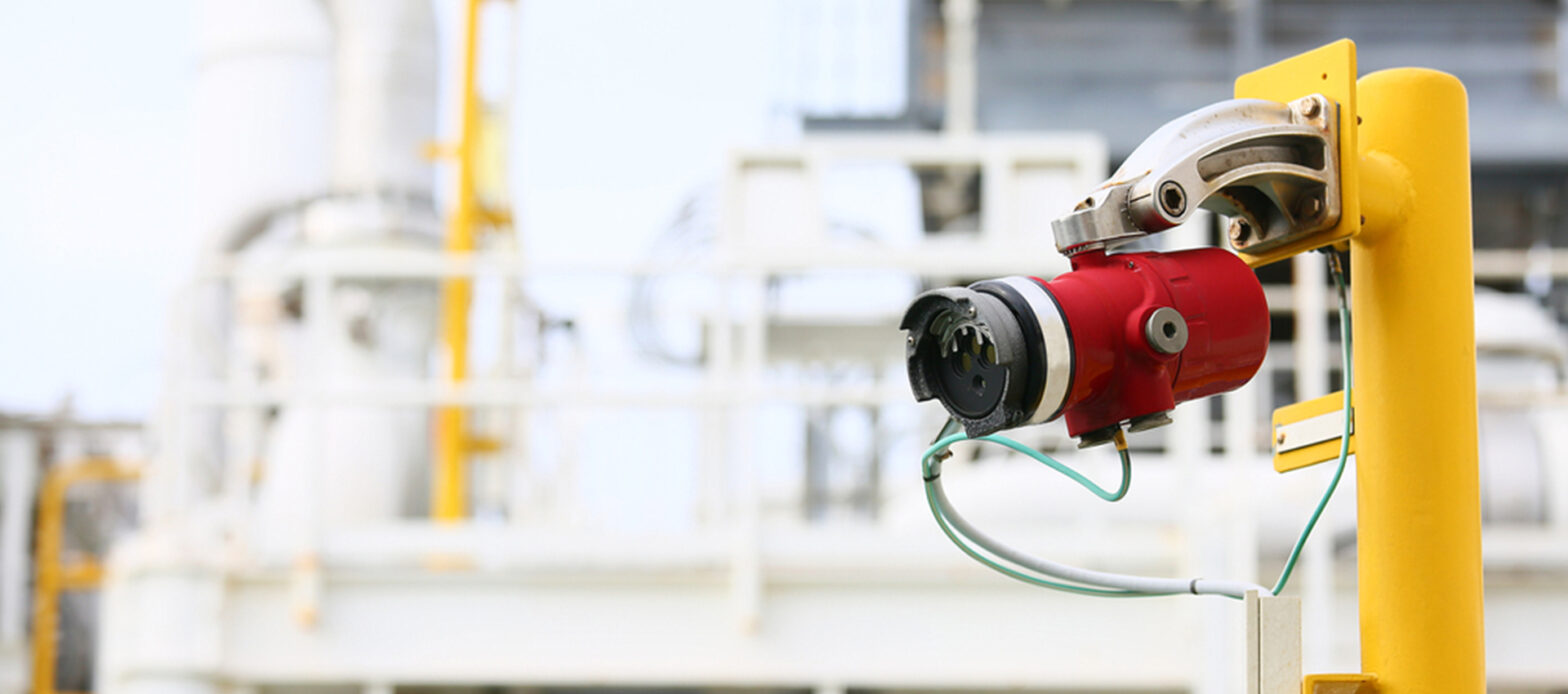
Healthcare facilities, including hospitals and laboratories, necessitate efficient gas detection systems to identify and monitor the presence of a range of gases such as enriched oxygen (O2), nitrous oxide (N2O), helium (He), nitrogen (N2) and carbon dioxide (CO2) many of which have no taste, colour, or smell. Continuous gas level monitoring offered by these systems aids in accident prevention, health risk reduction, and adherence to safety regulations. Similarly, industrial gas detection systems are vital for ensuring safety and operational efficacy in water treatment plants, sewers, and analogous settings. Specifically engineered to detect hazardous gases like hydrogen sulphide and methane, which pose significant risks to personnel and infrastructure, these systems are instrumental in maintaining a secure environment.
There are numerous solutions available in the market to cater to specific needs. Often pre-calibrated and pre-wired modular systems are available in the market which can be quicky fitted to provide protection and can be scaled up as requirements evolve.
Typically, the configuration of a gas detection system in medical laboratories and hospitals follows a path that originates from the basement, where gases are stored and generated. It then extends through a conduit system, traversing the corridors and reaching the terminal units situated in operating rooms, intensive care areas, laboratories, and treatment rooms.Top of Form
Best practices for placement of sensors:
After you have zeroed on the kind of sensor required for your facility, let us look at the factors to consider while deciding the placement of sensors.
| Do’s | Don’t |
| Sensors should be placed close to the gas/leak source. | Sensors should not be placed on any surface subject to vibrations. Its best to mount it on a firm base or wall. |
| Sensors should be placed in highest gas concentration areas such as corners or stopping points of gas releasing devices. | Don’t place sensors near entrance or fresh air vents as gas concentrations may be diluted by incoming air. |
| Consider the vapour density of the monitored gas as compared to air. For gases 3-4 times heavier than air, sensors should be placed near the floor. For lighter than air gases, sensors should be placed near ceilings. |
Some common types of gas detection systems include:
Apart from the above systems, Sampling Gas Detectors are available in the market. These are utilised where it may be difficult or impractical to use a standard gas detector like hard-to-access areas due to height, accessibility, or detector size; in clean rooms; where it is desirable to minimise surface areas inside the facility.
It is advisable to connect with a team of experienced engineers to take care of the smooth operations and calibration of your gas detection systems. OxyMed provides gas detection solutions tailored to your specific requirement ensuring industry precision compliance & accuracy.